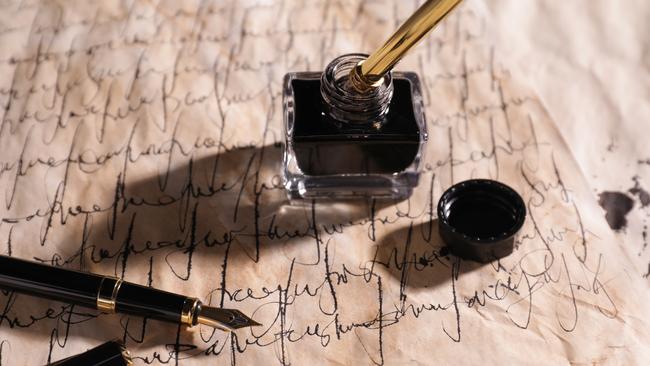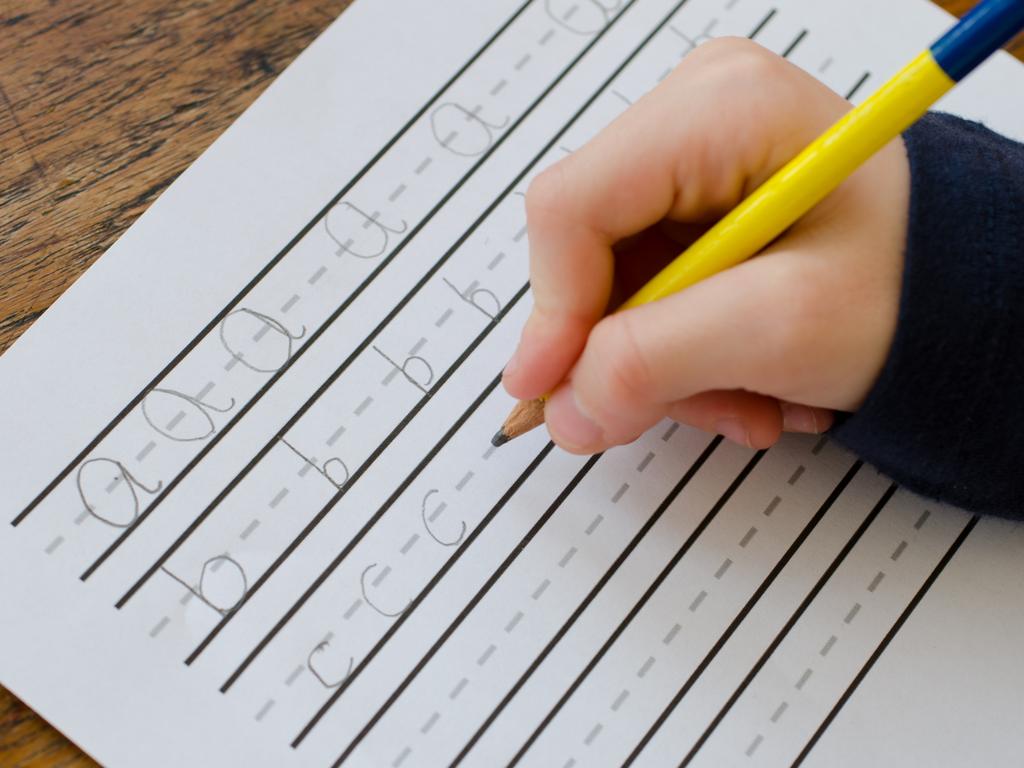
“Wow, treasure!” I thought, but it wasn’t the kind a pirate would bother to bury. Precious enough, though, for me to sit on a tin of dried-up paint and leaf through a few hundred letters from my university days.
It must be near impossible for young people to imagine life before mobile phones and email, yet somehow society functioned. As students, we had to find an unvandalised public phone box once a week to let our parents know we were alive, but no one could call us; no admin staff would take, much less deliver, a message.
Letters, then, were the only means of communication with friends who lived beyond walking distance (though I suppose everyone’s within walking distance if you set off early enough), and we learned that a vibrant social life depended on disciplined and prompt correspondence.
In my treasure chest were letters from friends in their new jobs or at distant colleges, full of news, invitations, gossip, recrimination, abuse –even one or two misguided (on reflection, probably misaddressed) love letters.
I could still identify all my close friends by just their handwriting on the envelope, but some were from people I barely remember, talking about things I definitely don’t remember doing, your honour; yet I had kept them all. Then it dawned on me why I’d done so: they were all handwritten, with the correspondent’s personality encoded into the script, and that’s something I never see any more.
How quickly and completely the habit of letter-writing, indeed of writing anything by hand, has disappeared. In an office staffed by professional writers, only the dinosaurs like me still use pen and paper (palaeontology has no name for those who continue to take notes in shorthand); most have fingers flowing over the keys like Franz Liszt on angel dust.
Younger journalists grew up with keyboards, whereas many my age touched their first typewriter when they entered the newsroom. Here’s how long ago I learned to write: aged four we had little wooden-framed squares of slate and a piece of chalk for practising our letters; then came pencils and ruled paper; and finally, gloriously, proper pens and the heady role of ink monitor, filling the little inkwell pots sunk into the class’s desks, handing out blotting paper and replacing worn-out brass nibs.
It was tough for the left-handers and the clumsy kids in primary school, where the nuns were fast as cobras with a ruler across the knuckles, but most of us emerged with a decent, legible script (and some with a lasting taste for corporal punishment).
I marvel today at the beauty of old people’s handwriting; even those who left school early had those basic skills drilled into them, as anyone who’s received a birthday card from Nana will attest.
But is it no more than syrupy nostalgia to find aesthetic delight in fine paper, an exquisite fountain pen, or elegant handwriting? Or even, for that matter, Clancy’s shearing mate’s thumbnail dipped in tar?
Some neurologists now say no, and recommend the reintroduction of writing lessons to schools. They point to research that indicates the brain’s neural networks are enhanced by the fine motor skills employed in writing, sensing the pressure and movement of hand on paper and the sight of letters being formed. And while slower, there’s evidence it’s a more effective way of fixing memories and organising thoughts.
As in so many areas of life, quicker is not necessarily better. Indeed I have a couple of colleagues who can type much faster than they can think. Cowardice and good manners stop me telling you what pages they’re on, but you’ll spot them if you look closely enough.






It doesn’t take much to inspire a senile daydream when you’re old, vague and lazy, which is why a couple of weeks ago a tedious clear-out of the garage brightened into sentimental reverie when I dislodged the lid of a big plastic box.